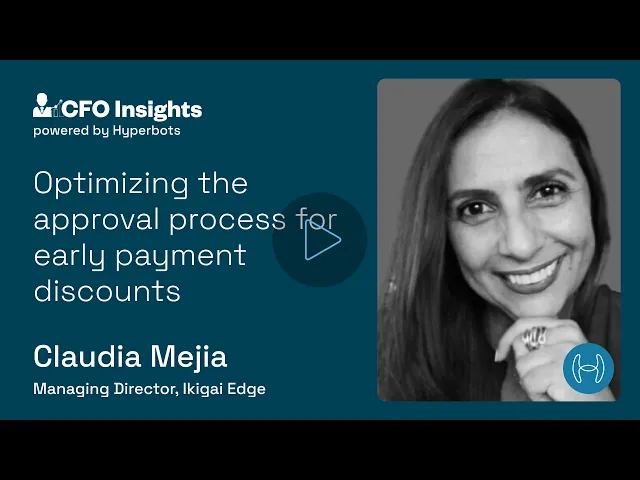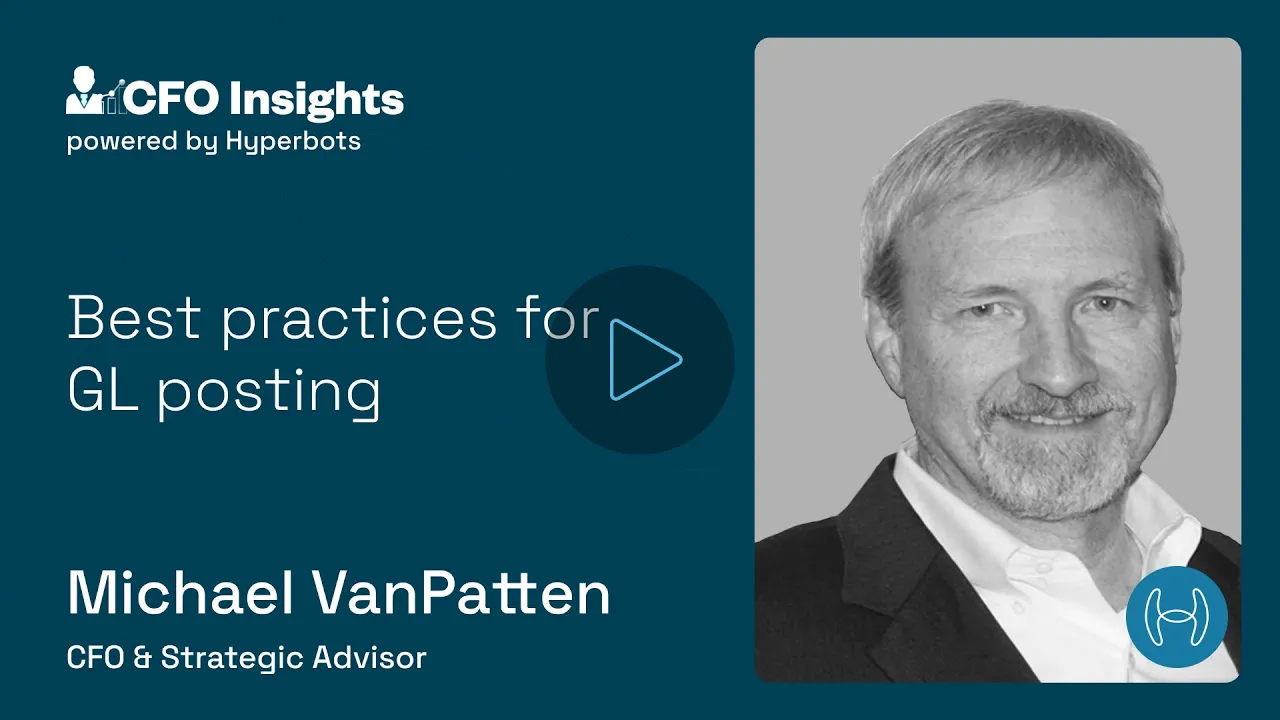
Event
AI in Finance
The Agentic AI Revolution: Transforming Finance & Accounting Through Multi-agent Collaboration
Find out interesting insights with John, Brian, Rajeev.
Moderated by Deepak,

Don't want to watch a video? Read the interview transcript below.
Deepak: Hi, welcome everyone to a panel discussion titled transforming finance and accounting through multi-agent collaboration. My name is Deepak, and John Silverstein, Brian Kalish, and Rajeev Pathak are our panelists. I will moderate and anchor the session. This will be a 60-minute session, including 45 minutes of discussion and a 15-minute Q&A session at the end. Please feel free to drop your questions in the comments as we progress through the session.
Let me start by introducing our panelists. John Silverstein is the VP of FP&A at XR Extreme Reach. With over twenty years in Fortune 500 companies and startups, John is known for his data-driven approach and transformative impact on financial processes. Welcome, John.
John: Thank you.
Deepak: Next is Brian. Brian is a financial planning and analysis expert with thirty-plus years of experience in financial leadership, consulting, and analysis. He combines extensive industry expertise with a passion for using technology to enhance financial decision-making. Welcome, Brian.
Brian: Thank you.
Deepak: And lastly, we have Rajeev Pathak, CEO and co-founder at Hyperbots, with over thirty years of experience in building technology products and businesses for global markets. Welcome, Rajeev.
Rajeev: Thank you.
What Are AI Agents and How Do They Differ from Traditional Software?
Deepak: Rajeev, can you elaborate on what an AI agent is? How different is it from a normal software component?
Rajeev: An AI agent differs from traditional software in four ways: autonomy and intelligence, learnability, reasoning, and action orientation.
For example, a regular email client requires a human to open and reply to customer queries. An autonomous email agent, however, can understand the context, pull relevant data, and automatically generate a reply—without human intervention.
Use Cases of AI Agents in Finance & Accounting Functions
Deepak: John, can you break down some tasks in FP&A that humans do and which could be automated with agents?
John: Finance teams spend significant time on:
Data gathering and consolidation — pulling information from ERPs, CRMs, spreadsheets, and validating it. Agents can automate integration, detect inconsistencies, and clean data.
Data cleansing and transformation — mapping fields and aligning naming conventions. Agents can recognize patterns and validate accuracy continuously.
Budgeting, forecasting, and scenario analysis — analyzing revenue, expenses, and cash flow. Agents can run scenario models, detect anomalies, and update forecasts automatically.
AI Agents for Financial Reporting and Visualization
Deepak: Brian, can you outline human tasks in reporting and visualization, and potential AI agents?
Brian: Reporting involves generating reports, analyzing trends, creating dashboards, and drafting commentary—tasks often done manually in spreadsheets.
AI agents can:
Automate report generation and variance analysis.
Produce narrative insights using natural language generation (e.g., “Revenue increased by 10% due to product X performing better in region Y”).
Trigger real-time dashboards and alerts, allowing finance teams to focus on strategic decision-making.
Multi-Agent Collaboration in Finance: How AI Agents Communicate
Deepak: Let’s discuss why agents need to communicate. Rajeev, can you elaborate?
Rajeev: Multi-agent collaboration allows different specialized agents to handle parts of a workflow and share results. For example, an invoice processing copilot includes agents that read emails, parse invoices, match them, and post into the GL. Collaboration ensures efficiency and accuracy.
Efficiency Gains: Speed, Accuracy & Productivity with Agentic AI
Audience Question (Devendra): Are there statistics showing AI reduces reporting timelines?
Rajeev: Yes. Studies such as those from the London School of Economics report ROI between 30–200%. Hyperbots customers have seen up to 80% productivity improvements in analytics and reporting when deploying multi-agent systems.
Do AI Agents Need a User Interface in Finance Workflows?
Audience Question: Are AI agents background tasks, or do they require UI?
Rajeev: Some agents run in the background. Others provide dashboards, alerts, or notifications for human oversight.
John: In many cases, existing ERP or BI tools already supply the needed UI, so no new interfaces must be built.
Building Trust in Agentic AI for Finance Leaders
Audience Question: AI can hallucinate or make mistakes. How can CFOs trust its outputs?
John: Trust but verify. Run AI alongside human processes until consistent performance is proven. Humans also make mistakes—finance has always relied on audits and verification.
Brian: Validation agents can cross-check outputs. Combined with human review, this layered approach minimizes risk and builds trust.
Conclusion: The Future of Multi-Agent Collaboration in Finance & Accounting
Deepak: Thanks to Rajeev, John, and Brian for this engaging discussion, and to the audience for thoughtful questions. Agentic AI and multi-agent collaboration will continue to transform finance, driving efficiency, accuracy, and strategic decision-making.
